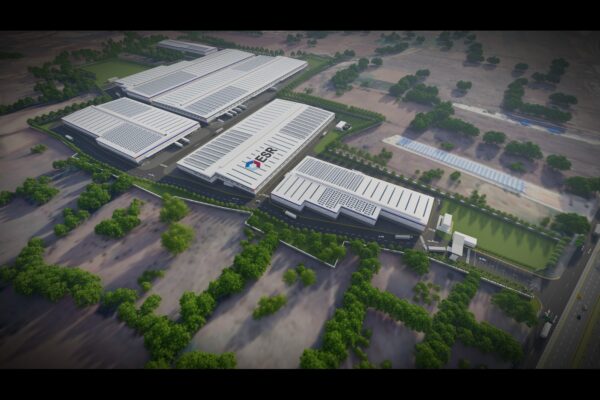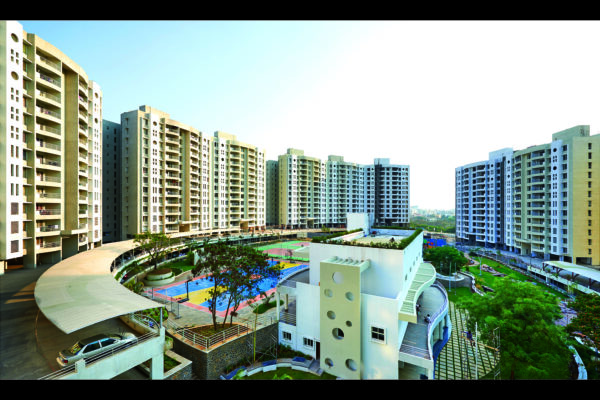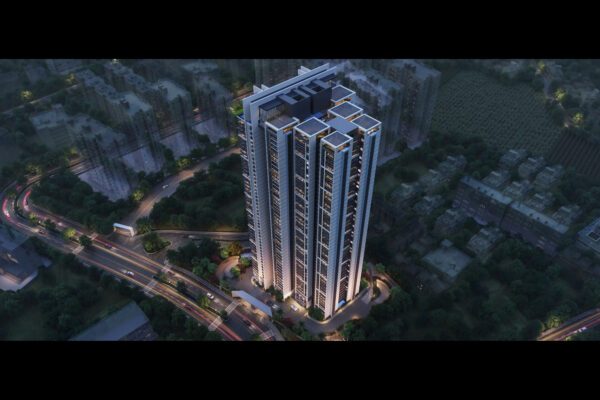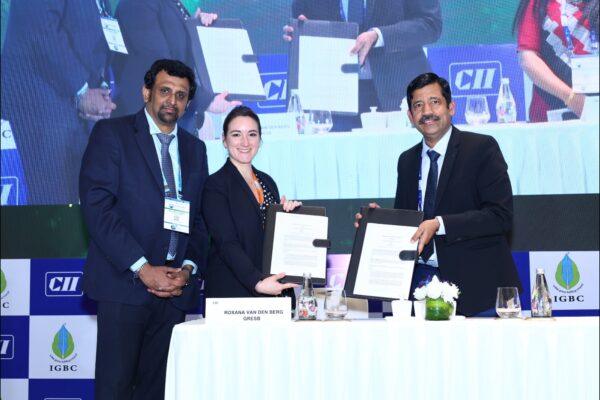Outlook 2022: Real Estate
by Dr. Niranjan Hiranandani, Vice Chairman -National, NAREDCO and MD, Hiranandani Group
While the year 2021 was all about resilience, the new year 2022 will script new age trends, growth, and dynamics in the real estate sector. Accelerated vaccination drive, softening on home loan interest rates, buoyant capital market, liquidity infusion, highest FDI, and market consolidation were the key highlights of 2021.
Developers are geared to leverage the optimistic sentiment of the discerning home buyers and conducive market dynamics. The year 2022 will witness a string of new project launches in the residential and commercial market. An uptick of both buyer’s & investor’s confidence will augment home-ownership value and will further fast-track home up-gradation mode. The new normal life will evolve with a ‘bigger the better’ mindset and working near home will be the new fulcrum for the home-buying decisions. The new year will be dynamic as it will set off new innovations in design, planning and amenities deliverables, befitting the preferences of modern home buyers. The prop & fin-tech will mark its strong presence in the construction and real estate industry to make 'evolutionary' trends property sector for 2022.
Young home buyers will be the new catchphrase in the industry garnering traction for modish homes inclusive of open layouts, flexi-spaces, home automation and sustainability quotient. The new-age home buyers will be skewed towards a well-balanced holistic lifestyle that facilitates a walk-to-work trend. Thus, commercial real estate will witness demand of dispersed portfolio with Hub and Spoke model in peripheral twin cities and suburbs. The slew of mega infrastructure will be a game-changer in developing new linkages that shall redefine the real estate landscape in the emerging live-wire centres. Hence, we will see the ‘rise of suburbia’ – a series of new micro-markets across India.
The steady growth of India’s GDP inclusive of job creation and sustainable demand will see an upward growth trajectory. The budget 2022 is the new spotlight, anticipating the government to announce significant step-up policy easing measures in the spring to prevent any further downturn amidst geo-political uncertainties and infuse fresh lease to beleaguered sectors for overall economic growth.
















